
A while back I wrote a post about the way in which you can turn the screen black during a PowerPoint presentation and the reasons why you should do so. You can read it here. Today I want to show you an example of why it can be so important to turn the screen black from time to time during a presentation.
Below is a TED Talk by Roz Savage. Roz gave up her life as a management consultant to row across the Atlantic in 2005. At the time of this talk, she had completed two of three stages to row across the Pacific Ocean, raising awareness along the way of environmental issues such as pollution, climate change and eco-heroism.
There is much that I like about this presentation and the topic is both important and fascinating. However, I want to focus on one (mildly) negative aspect of the talk for the purposes of today’s post. In particular, I want to focus on how Roz’s slides frequently “fell behind” her words and how she could have avoided this by turning the screen black.
Below is an analysis of the images that were put up on the screen and when (in my view) the screen should have been blackened. Keep in mind that you and I are watching Roz’s talk on line and that the camera is zoomed in on her for much of the time, so we don’t see the screen as much. However, the members of the audience had the same view the entire time and that included the screen behind Roz.
0:22 – 1:36
This is a short film that gives us a sense of what it is like to row across an ocean. However when the film stops, it remains frozen for 32 seconds on an image of the boat from the air even though Roz has moved on to discuss other things such as the lessons she learned from her school teacher and the purpose of her talk.
1:36 – 3:30
On the screen are pictures of men who have also undertaken long-distance rowing challenges. The slide is used to good effect to emphasize the rarity of a woman doing what Roz has done. But the slide stays up for almost two minutes and long after she has finished with it. This is a shame because it is during these two minutes that Roz Savage talks about the very personal soul-searching that she did and that led her to change her life. I would have blackened the screen for this important part of the talk.
3:30 – 4:10
The map displaying her journey across the Atlantic is good. I also think it appropriate to leave it up as it provides a nice backdrop to reinforce the enormity of the feat that Roz describes.
4:10 – 5:36
The picture of the broken oar is good for the point being discussed. It is fine to leave it on the screen for some time because Roz goes into some detail about the lengths she went to fix it. However, I think that she should have blackened the screen around 5:05 as she then goes on to discuss some of the physical and psychological challenges that she faced.
5:36 – 7:45
Fantastic picture that captures the joy of having completed a truly incredible undertaking. But at 6:09, Roz Savage changes gears in her speech and begins to discuss some of the nuts and bolts issues when it comes to rowing across the ocean. At this point, the picture on the screen no longer matches the points that she is making.
7:45 – 8:30
Two slides are shown that demonstrate, in a very clever way, just how vast the Pacfic Ocean is. In this case, the slides matched Roz’s words pefectly and she transitioned to another slide when she changed topics.
8:30 – 10:00
Here we see the trajectory of the first part of Roz’s Pacific odyssey that took her from California to Hawaii. At 8:40, she begins to talk about some of the harrowing difficulties that she faced on her first attempt. Here I would have blackened the screen as it is pretty dramatic stuff and the audience should be focused 100% on Roz. (It would have been nice to have some shots of the boat capsizing or of the rescue, but it’s a bit unrealistic to expect someone in those conditions to be snapping souvenir shots for posterity’s sake!)
10:00 – 11:48
Here we see slides of another boat and also a fish that was caught and the disgusting things that it had eaten. I thought that the slides were appropriate for the points being made and were left on the screen for an appropriate length of time.
11:48 – 12:02
The trajectory of the first stage of Roz’s cross-Pacific journey is shown again. It was a good idea to remind the audience of the scale of the undertaking and the fact that this was her second attempt at it. We then see the second stage of the journey from Hawaii to Tarawa.
12:02 – 13:00
A nice shot of Tarawa from the distance that gives a good sense as to just how low its elevation is. This is important because of the awareness that Roz Savage is trying to raise about global warming and rising sea levels. I thought that leaving this slide up while discussing the challenges facing the people of Tarawa helped to reinforce the message.
13:00 – 16:25
Here we see the proposed third and final stage of Roz’s journey, from Tarawa to Cairns, Australia. This is a natural slide to show as it represents the conclusion of her “Pacific Trilogy”. However, at 13:30, Roz begins discussing the “three key points” that she has learned from her experience. This is a pivotal moment in her presentation when all attention should be on her. And yet the map remains on the screen for over three minutes. The screen should have been blackened.
16:25 – 17:10
The final slide in the presentation, and an important one, shows the link to the website Eco-Heroes that Roz has helped to start to encourage people to start changing their attitudes toward the environment. It was appropriate to leave it up until the end of the presentation.
To conclude, there was nothing wrong with any of the slides that Roz used. I think that they all supported her message well. The problem is that several of them were left on the screen for too long and twice during key moments in the talk.
Having an image that is incongruous with your words is never a good idea. At best, it will be mildly distracting; at worst, it could be confusing for some members of the audience. Besides, the audience’s main focus for any speech should be the speaker, not the slide presentation. So if in doubt, black it out!
I would be remiss if I did not encourage you to read more about Roz Savage and the important work that she is doing. Here are the links to her website and her TED profile page. And don’t just read! Do try and make at least a small change to help the environment.


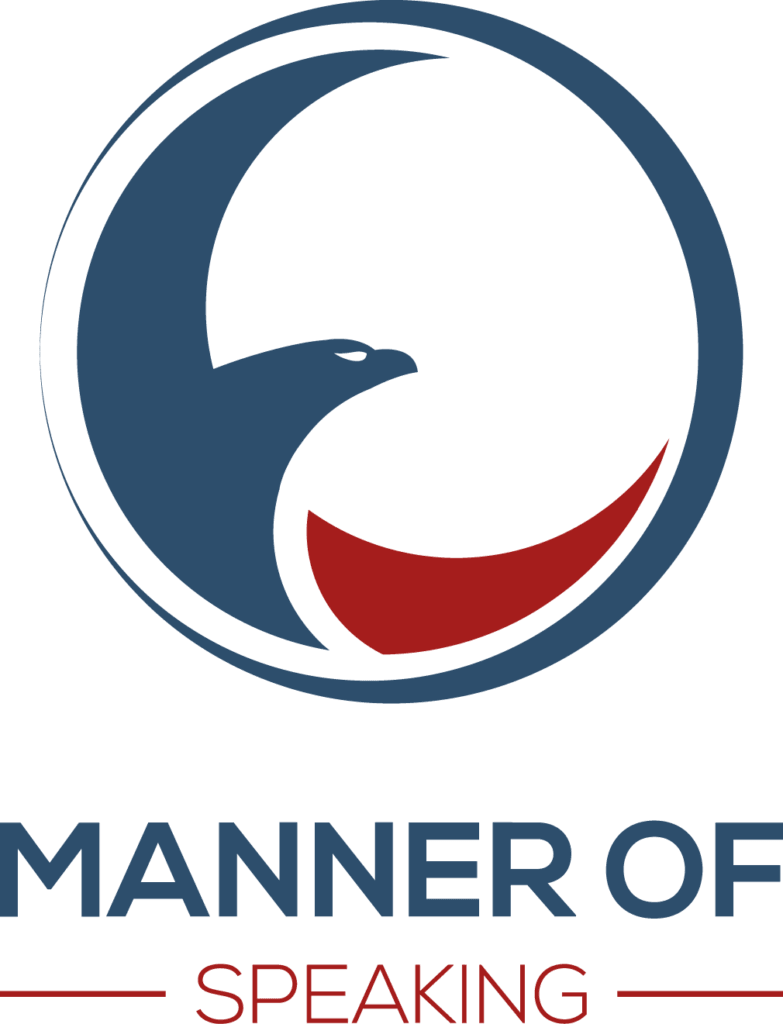




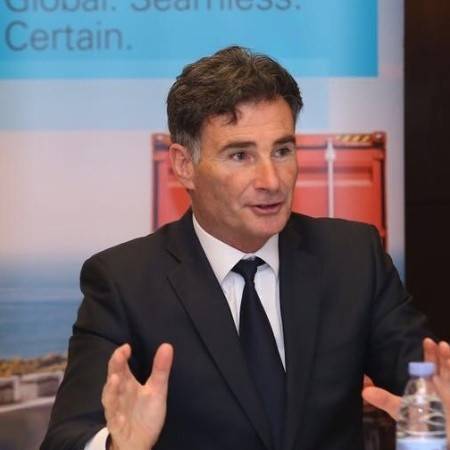
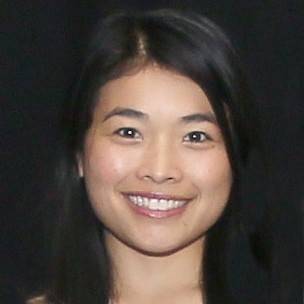
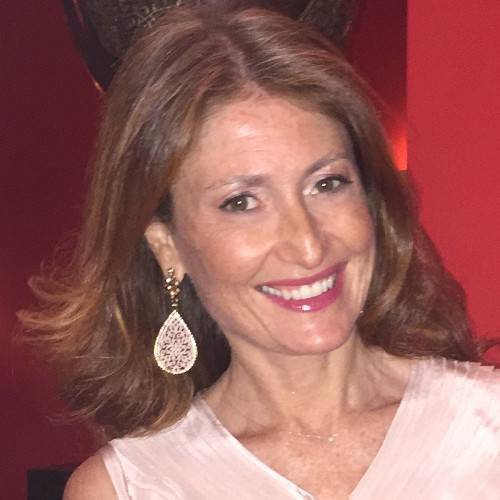
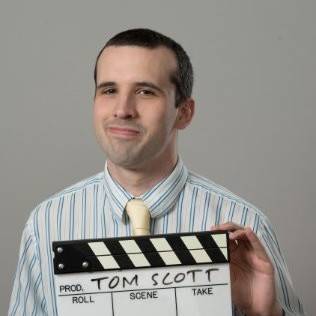
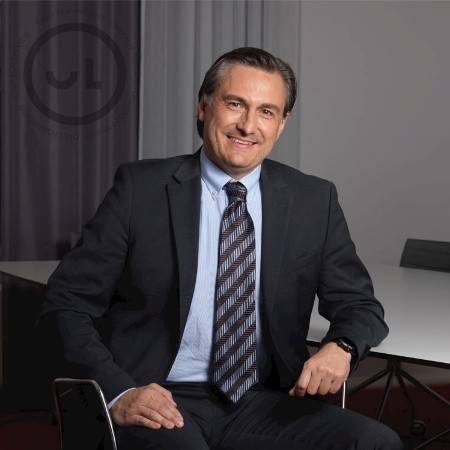
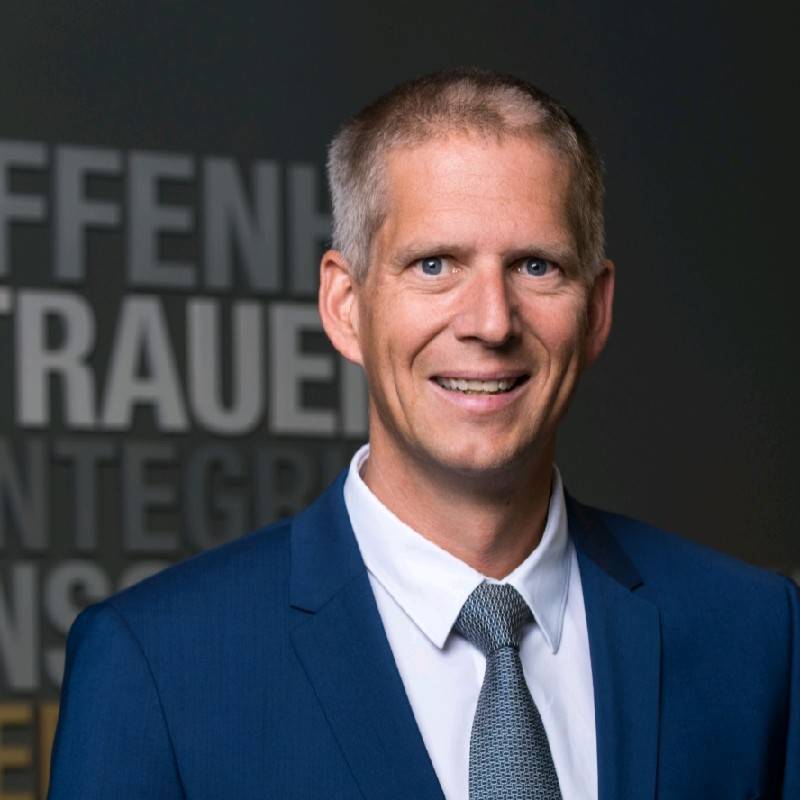

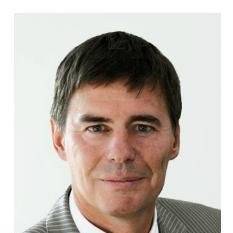
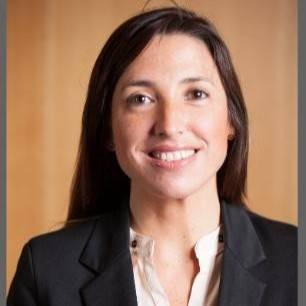
Great advice, John!
Timing, when using any visual, is extremely important.
Also, your suggestion of a black screen is right on.
With any prop, not just slides, the rule is: When you’re finished with it – Remove it!
Otherwise it becomes a distraction.
BTW, Apple’s Keynote software uses the ‘B’ Key, also, to go to black.
Thanks for the Post!
Thanks, Fred, and thanks for the tip about Keynote.
John
This post is very useful. Thanks!
B is an important key, no doubt.
On a different note, though: Too many blackouts can interrupt the visual flow. On/off, on/off can be very exhausting to watch.
As I agree with you in general about choreography of words and visuals, let me politely pick on two of your examples above:
If you listen carefully, you will hear that in 1:36 – 3:30 (the images of four males), Roz refers back to that slide in words and gesture at the *very end* of that sequence when she says: I was not one of them.
So actually, the congruence of words and slide here is pretty strong.
Same for the movie intro: She talks about rowing across oceans. I for one want to see exactly that: the vastness of the waters, the smallness of the boat, the enormity of the challenge.
But yes, choreography *is* important. Words and images need to dance hand in hand.
Regards,
Anke
Anke, thank you very much for taking the time to write such thoughtful comments. Much appreciated. Let me try to return the favour.
I agree with you that too many blackouts can interrupt the visual flow of a presentation. Like anything else, they must be used properly and judiciously. While there is no hard and fast rule, it strikes me that the longer one’s presentation, the more scope for using the blackout. As to the suggestions that I made for Roz’s speech, it is difficult to know whether they would work without seeing the entire presentation with them. Only then would she be able to say which blackouts made the speech more effective and which detracted from it.
Concerning the segment from 1:36 to 3:30, let me explain why I take a different view. From 1:36 to 2:08, the slide matched Roz’s words perfectly. At 2:08, Roz said the line that you have noted – “I was not one of them. – and then went on to tell us who she was. For me, the line at 2:08 marked a turning point. From 2:08 to 3:30, Roz spoke about something very different. She talked about an extremely personal aspect of her life. Roz’s description of her corporate life, of sitting down to write her obituaries, and of deciding to take her life in a different direction were very powerful. For me, they had nothing to do with the image on the screen and I would not have wanted the slide to distract from the personal story that she was telling; hence my preference for a blackout. To bring the story full circle, at 3:30 Roz could have put the image of the four men back up and, when she said “[So I] decided to row across the Atlantic Ocean.” could have added “… just like them.” or “… and become one of them.” An alternative to a blackout would have been to show a different image from 2:08 to 3:30 that reflected Roz’s previous life; for example, a hectic office scene or maybe even an image of Roz herself behind her desk during her corporate years. Then, at 3:30, she could have come back to the slide with the four men.
As to the movie introduction, I went back and watched it a few times and have to say that, in retrospect, I think you are right. Although a blackout might have worked, I agree that leaving the still of Roz in her boat does emphasize “the vastness of the waters, the smallness of the boat, the enormity of the challenge.” I have no problem to deferring to a better idea! And it reinforces my belief expressed above that one would need to see the whole speech (live) with the blackouts to know for sure which ones worked.
Thanks again!
John